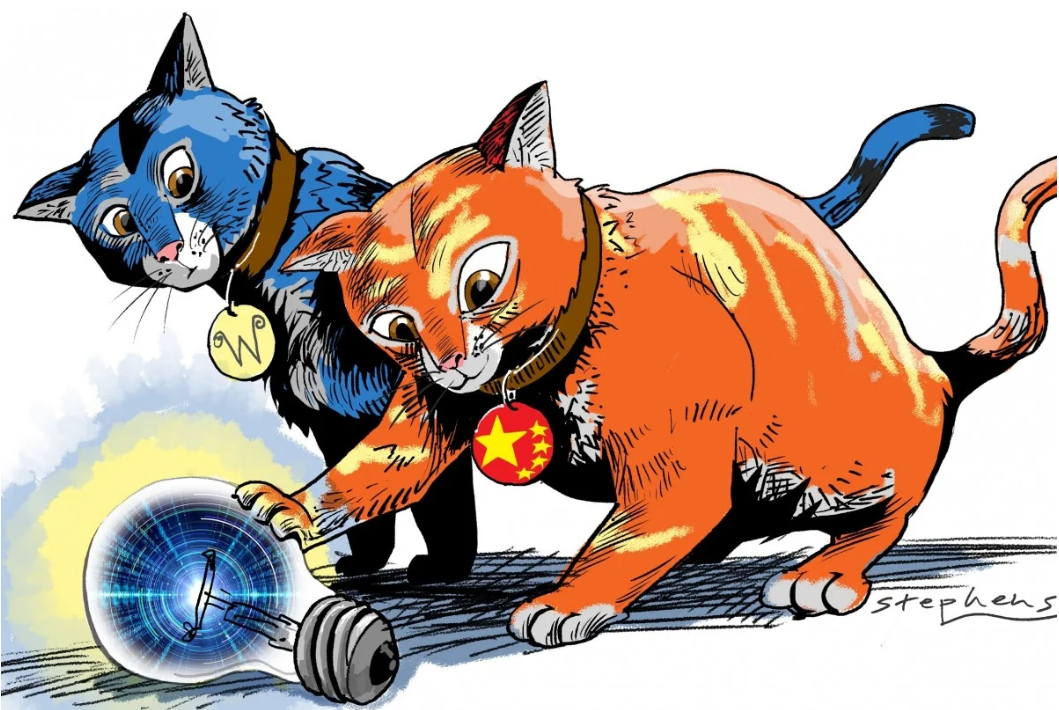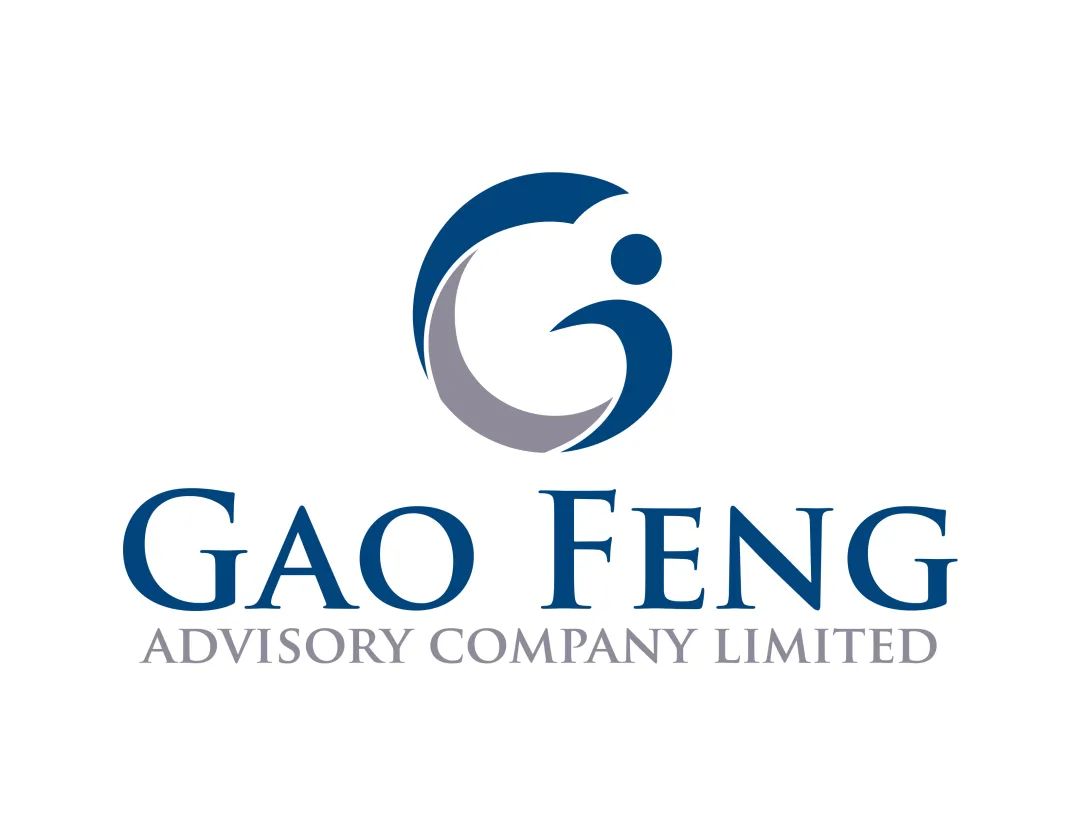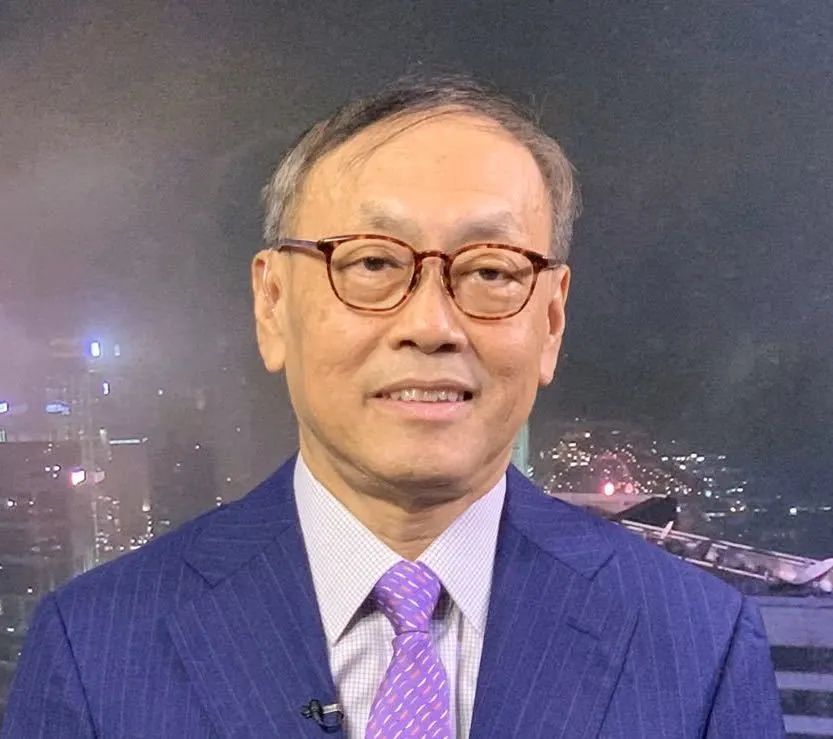From Copycat to Tech Trailblazer, China Now Inspires the West

By Edward Tse
2020-11-09
On November 9, Gao Feng Advisory’s CEO Dr. Edward Tse’s latest opinions article on SCMP in which he commented on China’s fast developing innovations and their implications for the rest of the world.
Back in 2014, e-commerce giant Alibaba Group Holding pulled off the largest-ever initial public offering on the New York Stock Exchange. Merely six years later, Alibaba’s online finance spin-off, Ant Group, was set to break records by raising at least US$34 billion in Hong Kong and Shanghai. While the Chinese regulators have called a last-minute halt to the IPO, Ant’s move to become a major player in the Chinese finance industry is clear.
Chinese tech entrepreneurs are today increasingly taking the global spotlight. For a long time, Chinese companies, in particular tech companies, were dismissed by their Western counterparts as mere copycats.
But a legion of companies such as Ant, ByteDance, Huawei Technologies Co and electric-vehicle maker Nio have shown the world that the Chinese are also innovating – not just in products, but also in business models, concepts and philosophy.
The business model for the New York-listed Nio, for example, goes beyond simply product sales and includes building a “user community” – through digital connectivity, the company can interact with its user community, down to the individual. This intimacy allows Nio to leverage user data not only for product sales but also to monetise other services.
Moreover, despite repeated efforts by the Trump administration to thwart China’s 5G development, the country is extending its lead. China’s 5G users surpassed 88 million at the end of July – about 80 per cent of users worldwide – and Huawei continues to be the 5G trailblazer.
Western companies are beginning to copy what these Chinese companies are doing. To compete with ByteDance’s popular TikTok app, Facebook launched Instagram Reels, its own short-video feature. It is the second time that Facebook has tried to clone the Chinese social media app after its previous failed attempt, Lasso.
The shift in the innovation epicentre from the West towards China is significant. Innovation is not only about tangible products, which people can touch, but also about the intangible, such as philosophies encompassing strategic thinking, organisation and business model design.
Innovation has become core to China’s culture and is the foundation of its development model. Since Deng Xiaoping’s experiments in the 1980s, China has grown a unique and resilient development model.

Source: SCMP
On the one hand, its “three-layer model” drives economic progress. At the top, the central government sets the stage and outlines directions. At the grass-roots level, dynamic entrepreneurs drive growth and innovation. In the middle, local governments compete against each other and cooperate to form regional clusters, becoming a glue between the central government and grass-roots businesses.
On the other hand, in a dual economic structure, state-owned enterprises provide the public goods while private companies leverage these public goods to create commercial value for stakeholders. Together, this “three-layer duality” gives the economy significant resilience and continues to evolve and refine itself.
Meanwhile, Washington’s technology blacklist has put pressure on China to develop competency in areas such as semiconductors. Companies, large and small, private and state-owned, are working to research, develop and commercialise these technologies.
Many attempts will fail but a small number will succeed over the next five to 10 years. The recently announced five-year plan also entails massive investment in third-generation semiconductors, with a suite of measures to boost research, funding and education in the cutthroat strategic sector.
Last year alone, China spent nearly US$324 billion in research and development, roughly 2.23 per cent of its economy. Meantime, its innovative fields are drawing its best and brightest minds. More Chinese studying science and engineering in the West are returning, especially from the US. In 2018, among the Chinese who returned after studying overseas, about 44 per cent majored in STEM – science, technology, engineering and maths.
Technology and innovation will continue to be China’s focus. In its new five-year plan, the government vowed to make China a technology powerhouse by 2035, targeting “breakthroughs in core technologies”.
Western countries must shake off the old stereotypes of China’s intellectual property theft, lack of market access, unfair competition, state subsidies and the like. They must also forget the idea that China’s model is simply like that of the Soviet Union, which was unsustainable.
The Thucydides Trap, often used to warn against a clash between China and the US, does not account for the interconnectedness of the world and should not be taken as a theoretical underpinning for foreign policy in an era defined by rapid technological changes and globalisation.
The West, in recognising that China’s innovation capability has taken another leap forward and that it has an effective governance model, must devise an appropriate strategy in response.
Rather than trying to keep China out, the West, particularly the US, should seek to define what to work on with China and what to protect. Instead of targeting specific companies, countries should establish clear national guidelines on areas of potential collaboration. They should work with China to establish global governance approaches that address core technology issues such as data security and new technology protocols.
For Western businesses, the message is clear. China is not only a large market with much to offer economically. Most importantly, it is becoming a source of inspiration for technological innovation. Using this platform to generate knowledge and new practices, not only for the Chinese market but also for global businesses, will be critical for the long-term competitiveness of companies and industries.
About the Author
Dr. Edward Tse is founder and CEO, Gao Feng Advisory Company, a founding Governor of Hong Kong Institution for International Finance and Adjunct Professor, School of Business Administration, Chinese University of Hong Kong. One of the pioneers in China’s management consulting industry, he built and ran the Greater China operations of two leading international management consulting firms (BCG and Booz) for a period of 20 years. He has consulted to hundreds of companies, investors, start-ups, and public-sector organizations (both headquartered in and outside of China) on all critical aspects of business in China and China for the world. He also consulted to a number of Chinese local governments on strategies, state-owned enterprise reform and Chinese companies going overseas, as well as to the World Bank and the Asian Development Bank. He is the author of several hundred articles and five books including both award-winning The China Strategy (2010) and China’s Disruptors (2015), as well as 《竞争新边界》 (The New Frontier of Competition), which was co-authored with Yu Huang (2020). He holds a SM and s SB in Civil Engineering from the Massachusetts Institute of Technology, as well as a PhD and an MBA from University of California, Berkeley.

Wechat Official Account: EdwardTse_GF
Dr. Edward Tse
CEO of Gao Feng Advisory


Gao Feng Advisory
Gao Feng Advisory Company is a professional strategy and management consulting firm with roots in China coupled with global vision, capabilities, and a broad resources network
Wechat Official Account:Gaofengadv
Shanghai Office
Tel: +86 021-63339611
Fax: +86 021-63267808
Hong Kong Office
Tel: +852 39598856
Fax: +852 25883499
Beijing Office
Tel: +86 010-84418422
Fax: +86 010-84418423
E-Mail: info@gaofengadv.com
Website: www.gaofengadv.com
Weibo: 高风咨询公司

